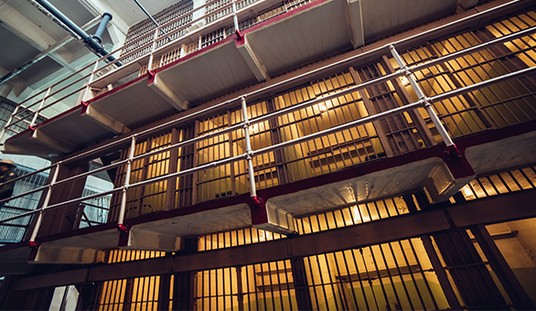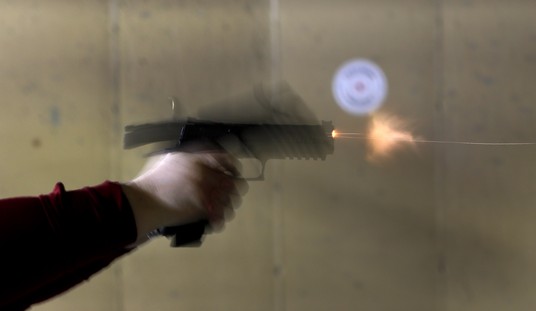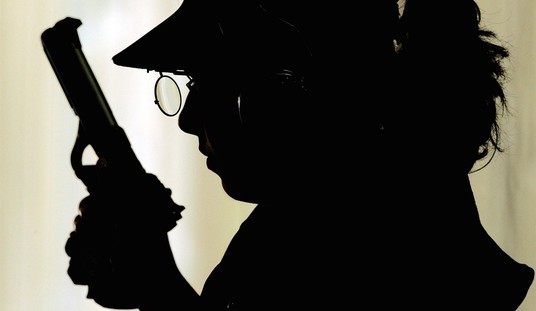No, it’s not the beginning of horse racing season at the Del Mar Racetrack, just north of San Diego, California. However, it may have felt that way when thousands of felons were suddenly released from California prisons.
Proposition 47, passed by 58 percent of California voters this past midterm election, calls for the immediate release of those in prison for shoplifting, fraud, forgery, petty theft and possession of small amounts of drugs, including cocaine, heroin and methamphetamines.
Originally considered felonies, these offenses will now be reduced to misdemeanors and those charged with the crimes will most likely be set free.
On Thursday, following the election, two-dozen suspects being held on charges considered felonies before the passage of Proposition 47, found themselves released from incarceration. It is expected that in Sacramento alone, approximately 400 jail inmates will also be freed while they await trial. Some may never face additional jail time.
Many believe that California voters were sending a clear message that they were tired of the ‘tough-on-crime’ policies of the past generation. No longer were Californians in favor of harsher laws like the three strikes law that could put some criminals away for life.
Additionally, some reasoned that the voters were fed-up with offenders not getting more help and being relegated to repeating the cycle of crime and victimization by being severely punished without a chance for rehabilitation.
Others claimed that voters didn’t like the long prison terms for those using and in possession of drugs and decided to do something about it.
Still others claim that voters were letting the California politicians know that they were tired of the increased prison costs. Proposition 47 is intended to save hundreds of millions a year in reduced costs from incarcerated prisoners and those in jail.
Instead, money that would have been used to incarcerate those committing crimes will now be used to rehabilitate them. Even though there is no guarantee that the programs will have the intended effect, it would appear that Californians are willing to take the chance.
Proponents of the proposition, fear that police and prosecutors will undermine the new law by finding charges that will stick as felonies when before they may have filed lesser charges.
Governor Edmund Gerald “Jerry” Brown signed a similar bill into law in 2011. Californians may have forgotten the results that Assembly Bill 109 had on the public, however.
AB109 was signed into law, freeing ‘low-level inmates’ or less-serious felony offenders onto the streets of California so that jail population could be decreased and inmates would cease being cycled in and out of prison.
The realignment, according to a 2012 FBI report, saw an increase in the California crime rate in the first six months of 2012 after these inmates were released. Predictably, there was an increase of 7.6 percent in homicide rates and double-digit increases in burglary and arson rates. Violent crime in California increased at more than twice the national rate, rising four percent with the rise in property crime at six times higher than the national rate.
There is no reason to expect that the crime rates will decrease under Proposition 47. It’s basically the same law under a new name and with a rehabilitation requirement attached to it.
Corey Salzillo, legislative director for the California State Sheriff’s Association, said it best when he said, “It’s a grand experiment: Can we take this money we’re no longer spending on jail and prison and turn it into rehabilitation one day down the line? But the one thing we have for certain is more crime, less people in custody and more victims.”
Naturally, the promised savings under Proposition 47 won’t be calculated until 2016. I’m guessing statistics showing higher crime rates and victimization, won’t be released until after the election.








Join the conversation as a VIP Member